How to Antique Glass – Aging Technique
Hello, dear crafters! It’s Heather from Thicketworks, here to share a simple but glamorous technique to turn an ordinary glass bottle into a romantic Faux-Antique Treasure Bottle. You’ll have fun with this one. These could make seriously fantastic gifts. Plus, I think you’ll love the Technique when I show you how to Antique Glass to make it look old…
Supply List:
Here’s a list of what you’ll need to complete a similar project:
- A clear glass bottle
- A cork that fits said bottle
- White school glue (I got mine at the Dollar Store)
- Tim Holtz Distress Crackle Paint in Clear
- A couple of medium sized artists paint brushes
- Distress Stains in Dried Marigold, Gathered Twigs, Antiqued Bronze & Black Soot
- A fragment of sea sponge, for applying the stains
- Fabri-Tac adhesive for trimmings
Optional:
- Decorative finial
- Metal stampings or embellishments
- Various Ranger Adirondack Alcohol Inks to tint embellishments
- Blending Felt pads / Applicator for the alcohol inks
- Assorted die cut papers for embellishments
- Beaded trim, if you like that look
- A handcrafted Tattered Tassel, if you choose
Tutorial for How to Antique Glass:
- To begin, clean and dry the surface of the bottle thoroughly.
2) Coat the bottle with a generous layer of white glue.
Don’t be shy…
3) Allow to dry…it took about an hour and a half with this glue.
4) When the glue has dried completely, paint on a generous coat of the clear Distress Crackle Paint:
Note: The size of the cracks is governed by the thickness of the product…bigger cracks on thicker layers, smaller cracks from thin coats.
Try to keep your brush strokes aligned in one direction. I painted mine vertically.
5) Allow this to dry thoroughly. Overnight is best.
6) When it has cured, it’s time to add depth and mystery to your crackled finish. Grab your Distress Stains, and something spongy.
7) Begin with your lightest color. This is the effect of the Dried Marigold:
8) Add a deeper color to enhance the depth of finish.
Here’s the result after a splotchy wash of Gathered Twigs:
9) Finally, if you like an ombre effect, add the Antiqued Bronze to the neck area of the bottle, and the Black Soot to a few inches at the base:
Yum…I love the richness of this finish!
10) If you’re adding embellishments, tint them with alcohol inks in harmonious colors.
I used the Blending Felt without the Applicator to get into the nooks & crannies:
11) Spread out an assortment of items you are considering, and apply a similar finish to all of them.
I didn’t use all of these in this project, but I work with this palette all the time, so nothing will go to waste.
12) Adhere your embellishments to the surface of the bottle.
Fabri-Tac smells awful, sticks to your fingers like crazy, and is my adhesive of choice for applications like this:
The final result is everything I hoped for: there’s a richness and depth that makes my heart happy!
13) Finish off your new treasure any way you would like.
Here, I’ve used Rusted Fabric to create a Tattered Tassel that dangles from the neck.
This is one of my favorite projects this season…the grungy yet feminine feeling is just my cup of tea.
I hope that you enjoyed learning How to Antique Glass and that you’ll create your very own Faux-Antique Treasure Bottle…who knows what precious secrets you could tuck within? Mine will house a Gratitude Scroll, listing all the blessings life has bestowed on me this year. Chief among which is YOU, dear crafting friends. Thank you for such a wonderful year, and for being so generous with your thoughtful comments! You mean the world to me.
If you enjoy grungy and sometimes elegant projects, visit me at Thicketworks from time to time. You’ll find me up to my elbows in something fun!
You’re always welcome there.
Take Care,
Heather
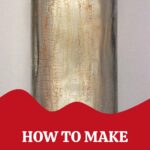
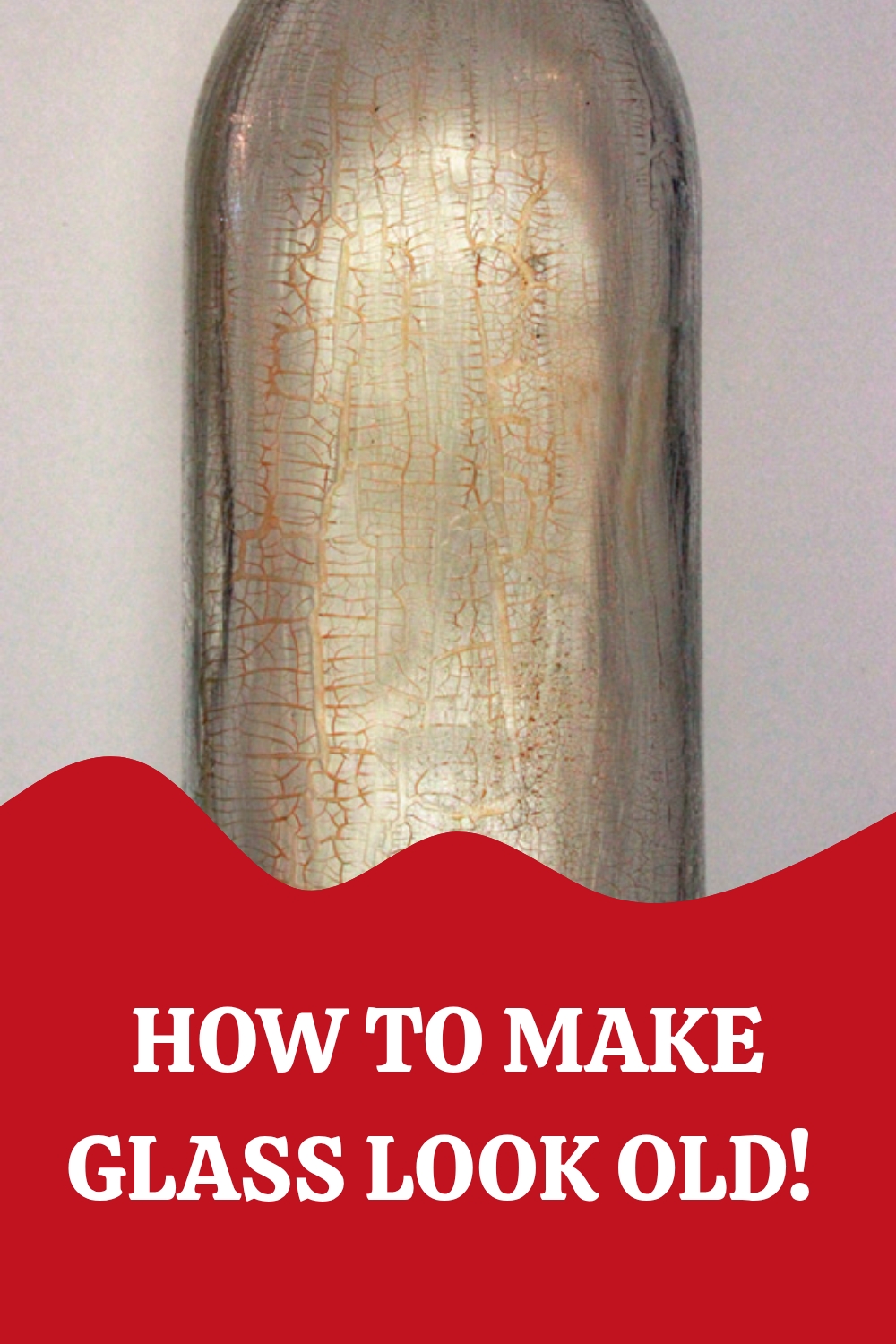
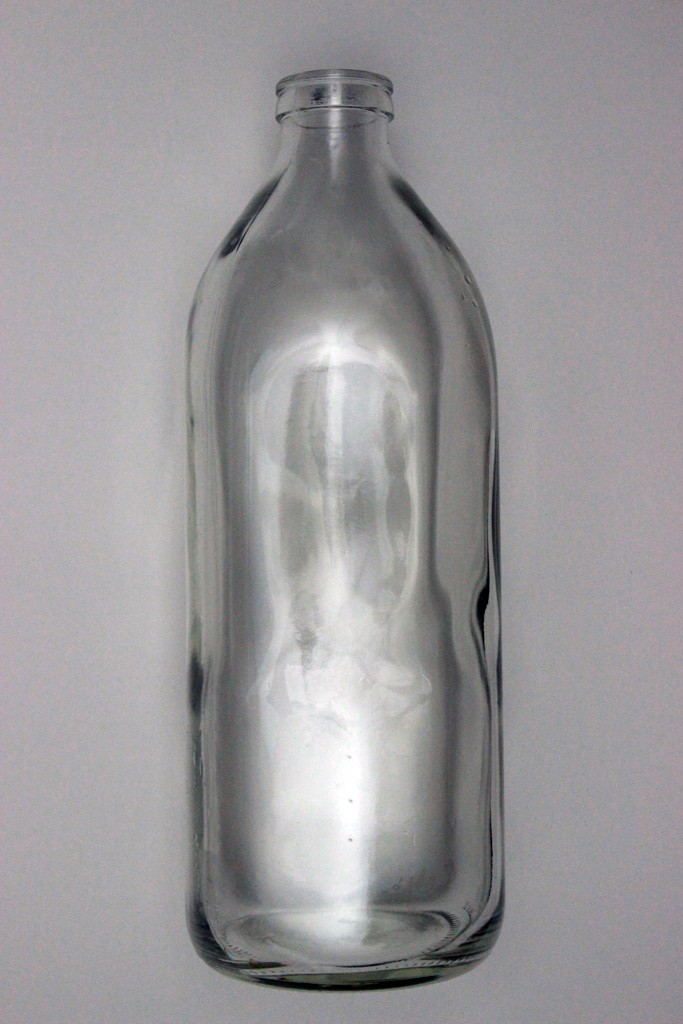
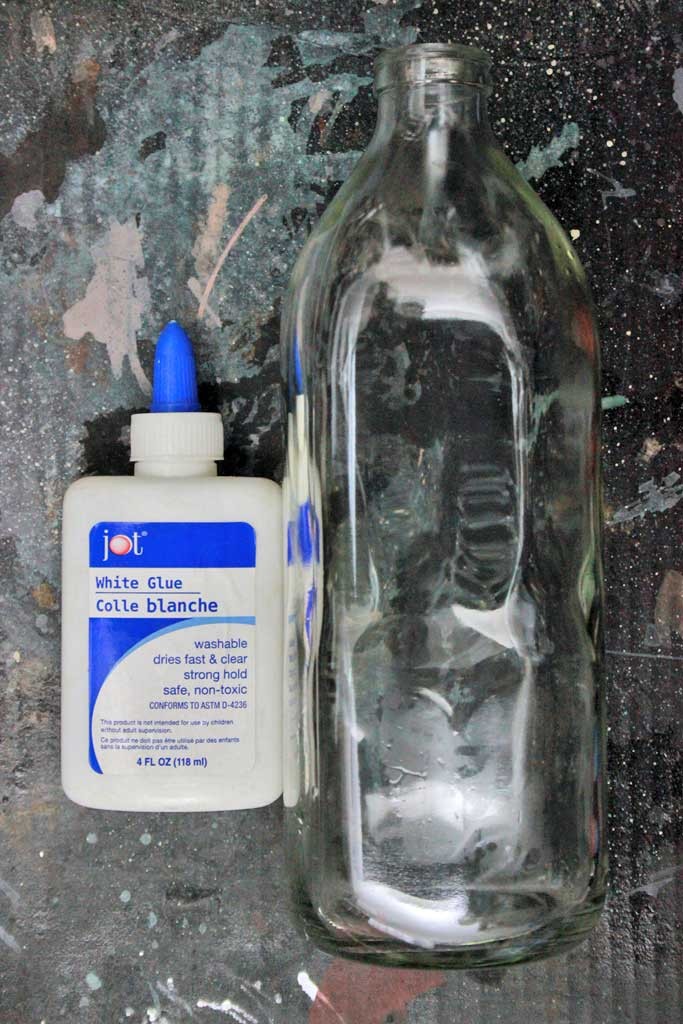
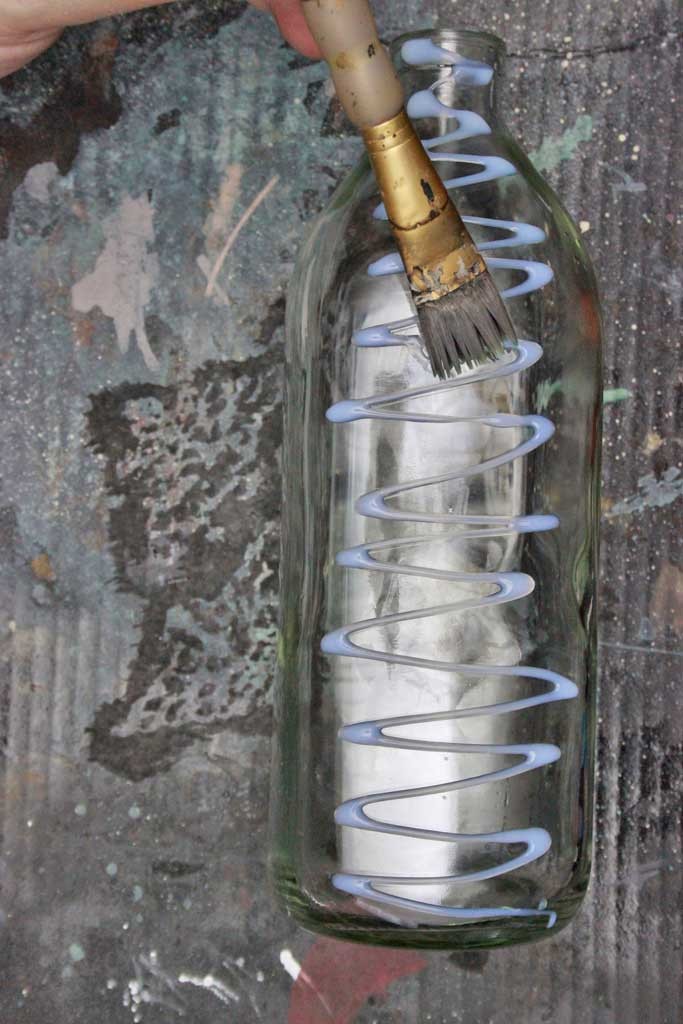
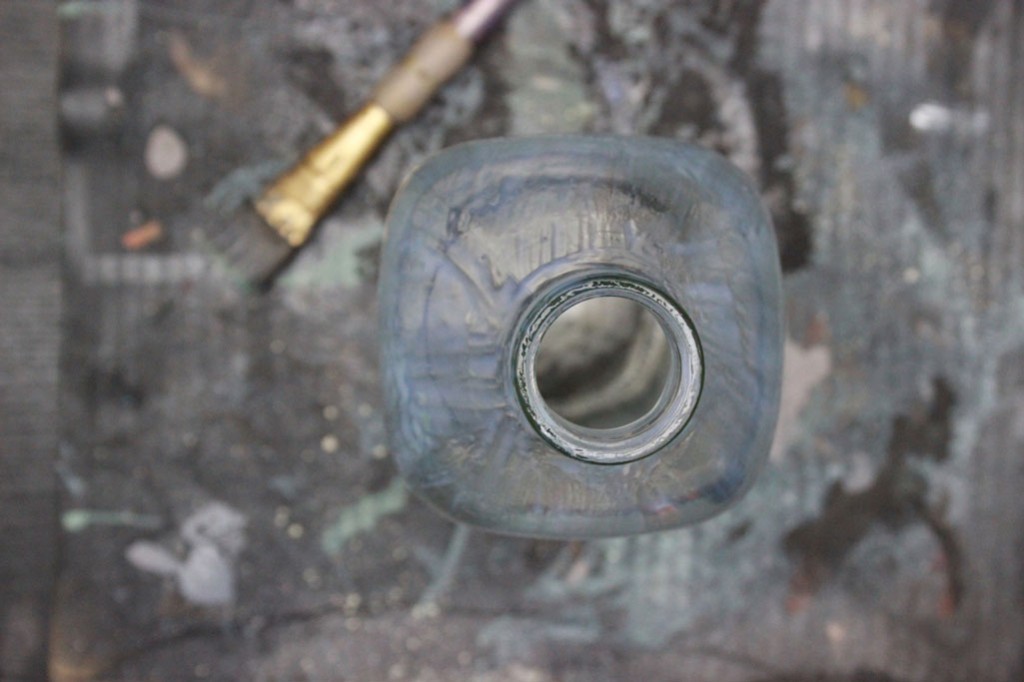
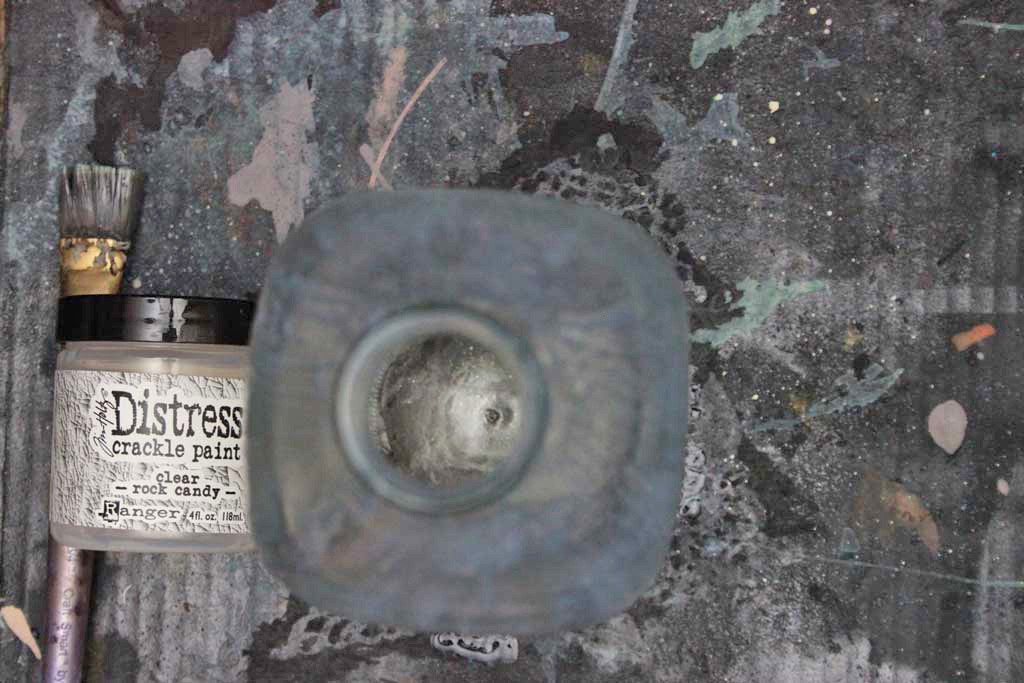
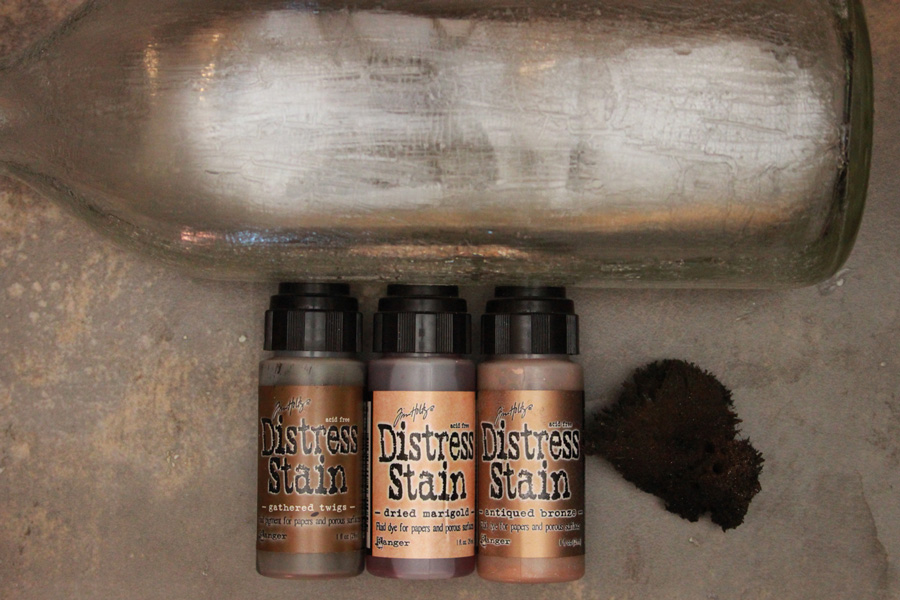
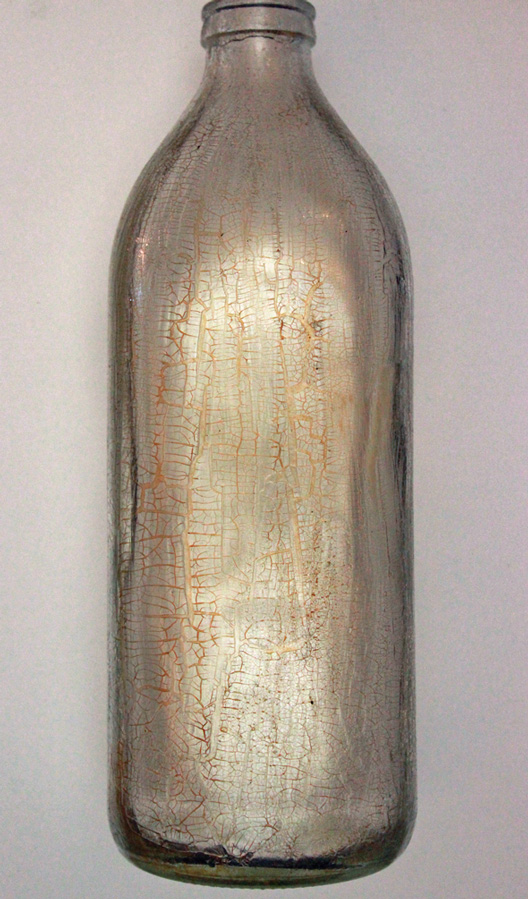
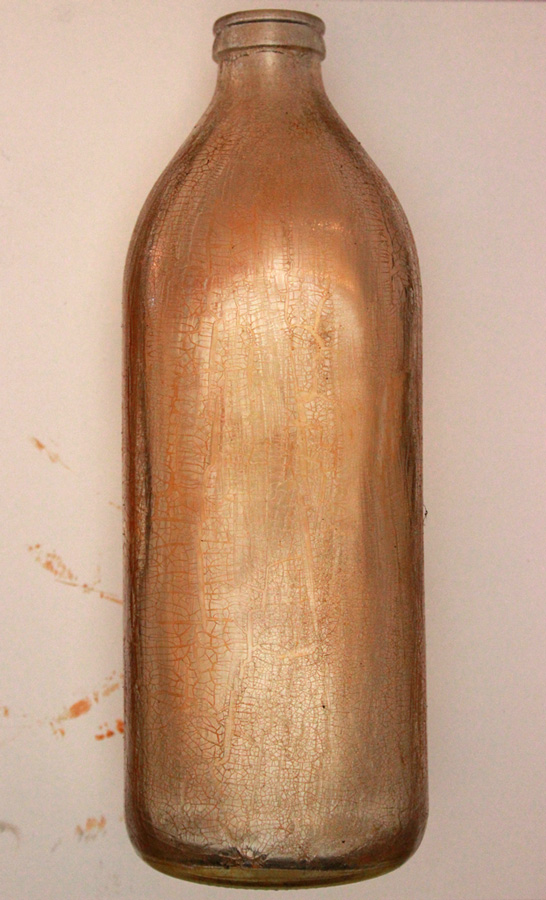
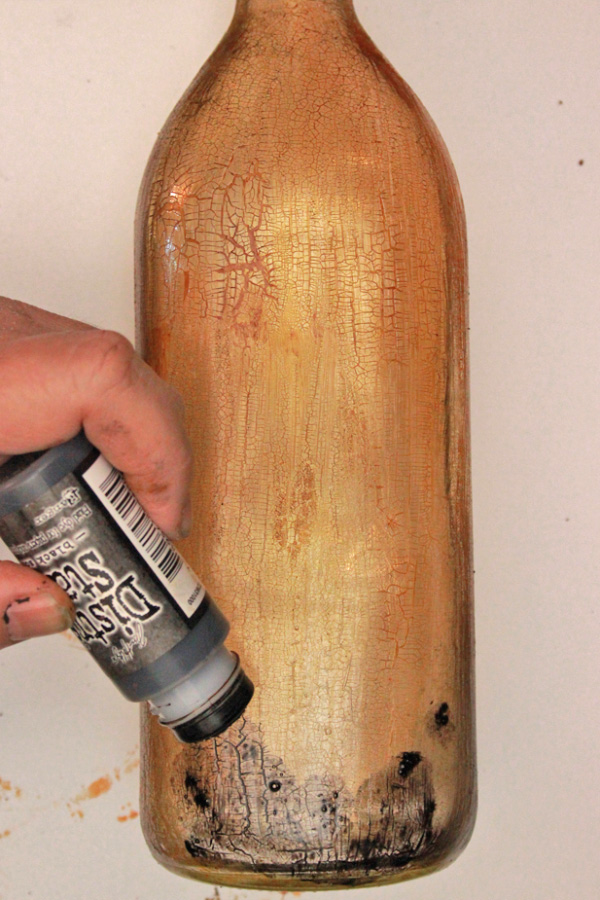
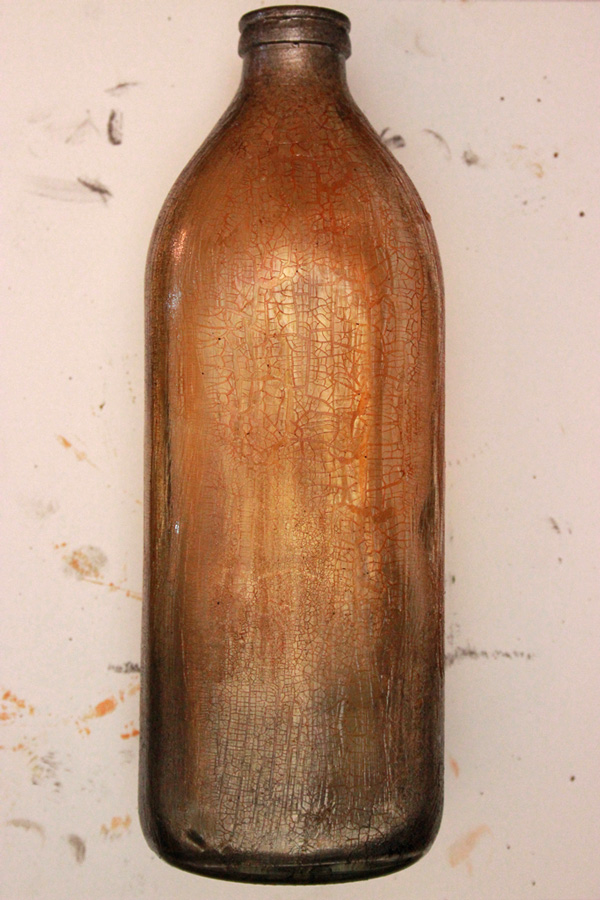
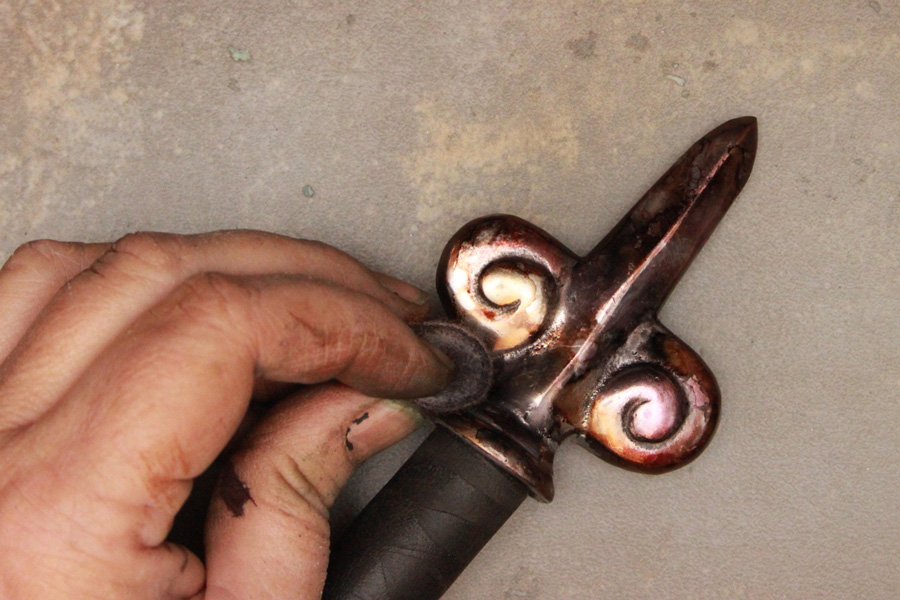
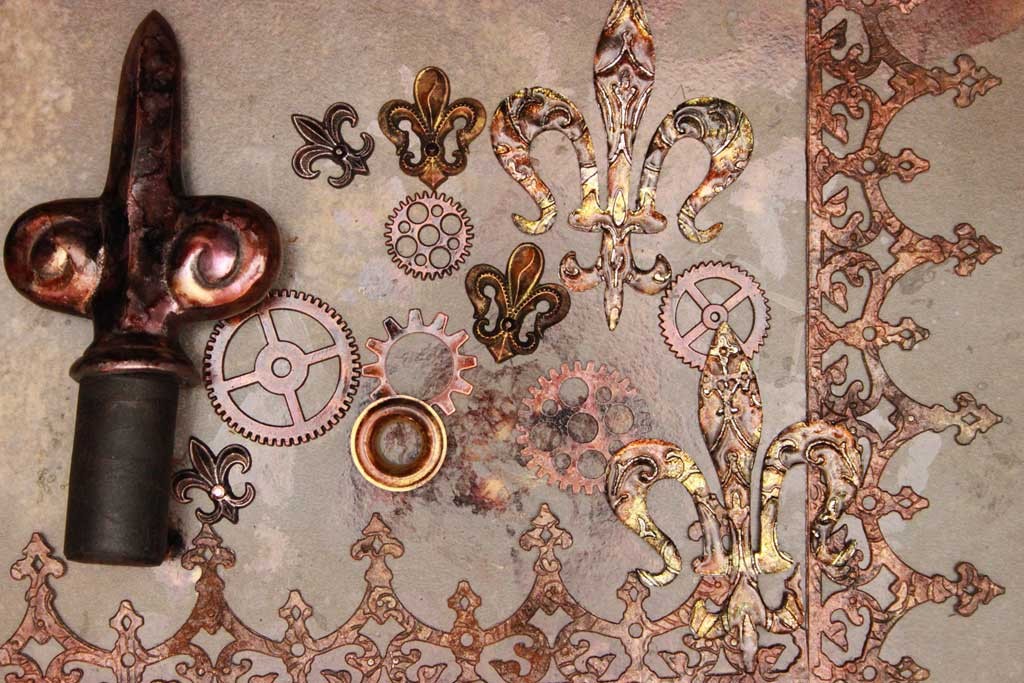
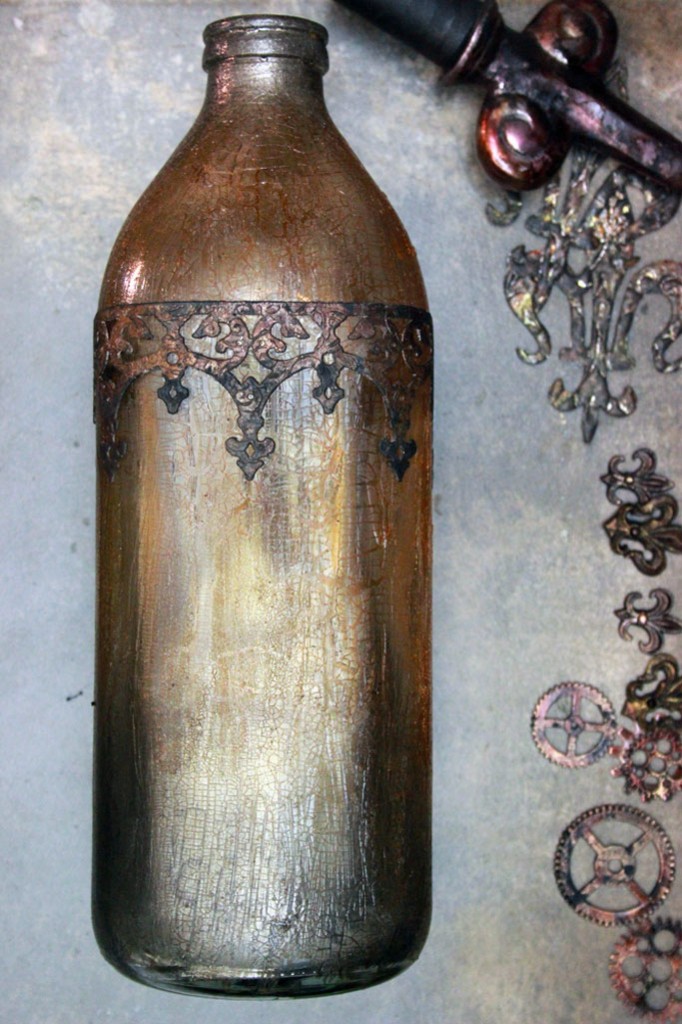
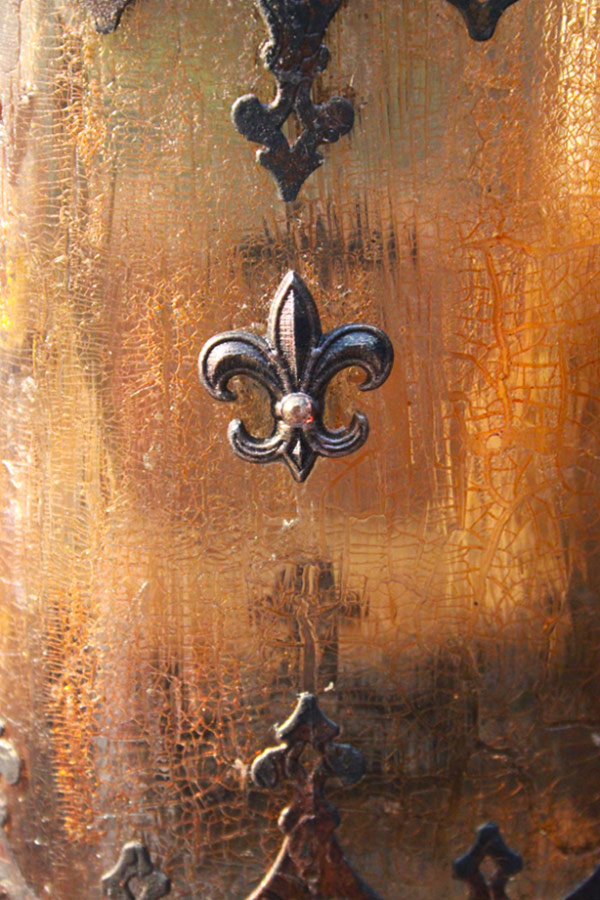
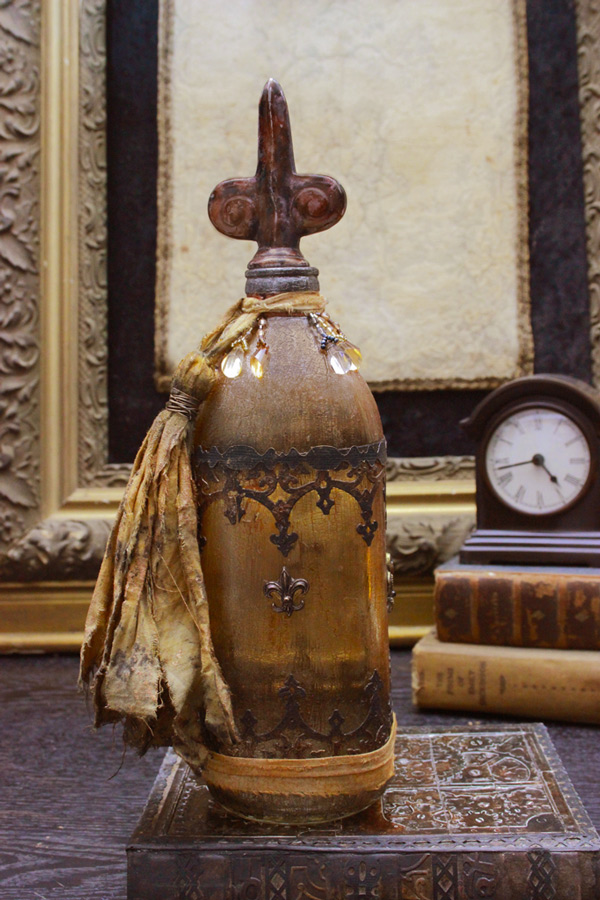
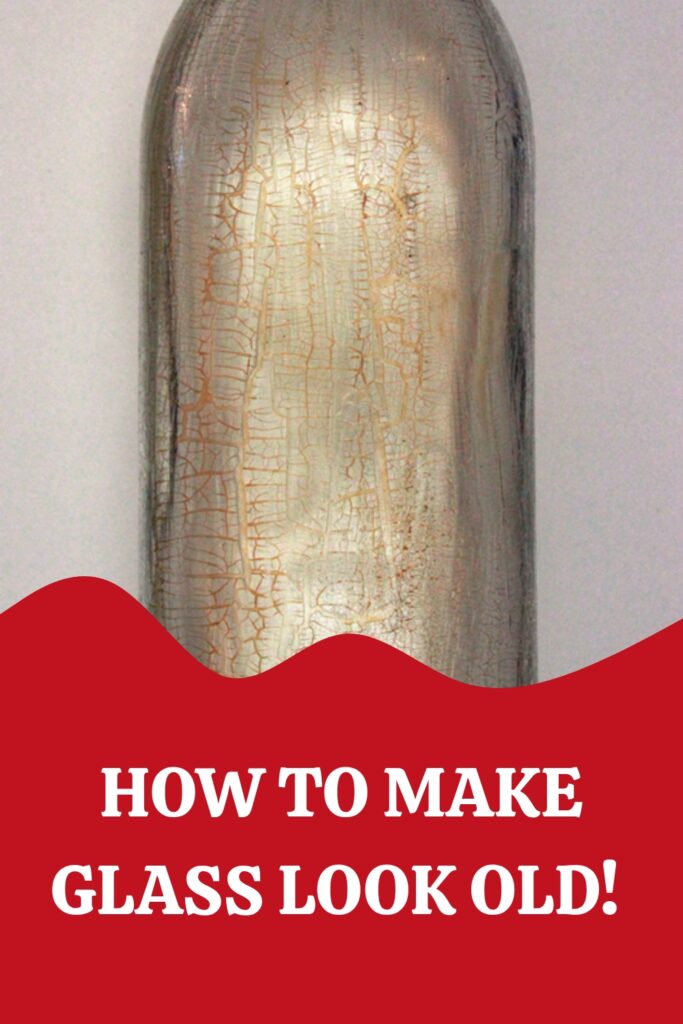
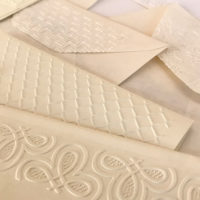

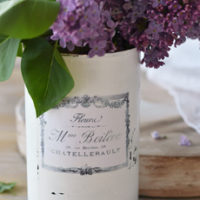




Kimberly S says
Heather, it looks like this tutorial was originally posted back in 2015? But I’m just now seeing it for the first time. I used to look forward to Thursdays when you would upload a new video on YouTube but I’m not getting them anymore so I am very happy to see you on Graphics Fairy! I’m going to go through the rabbit hole that is Graphics Fairy and lookup some more of your tutorials. I remember one you did with Seth Apter’s Baked Texture powders and I just loved how you put them on top of each other and the results. My mind went to that video while reading this tutorial and thought that might be a fun way to distress a glass bottle also. As always, thanks for sharing your awesome talent and I’m so glad I found you again!
Karen Watson says
Hi Kimberly, I’m so glad you enjoyed Heather’s post! Yes, this is an old one, I am going through my archives and updating old posts and republishing them as so many people have not seen these wonderful tutorials and techniques, that she and the other contributors here created. I’m afraid Heather is still taking a break from the crafting world, I don’t think her YouTube channel is active anymore. I’m not sure if she is planning on coming back at some point or not, but I know that she is missed by many. She is one talented lady!
Kimberly S says
Thanks, Karen, for that explanation. I hate to hear that Heather is not crafting but you know, I understand. Family, life and health both physical and mental are much more important. Please continue to post her archived tutorials (as well as all the others, I do so much love them all) and I love your website. Maybe one of these days when I’m set in my budget, I can become a premium member as I love all things Graphics Fairy.
Karen Watson says
No problem Kimberly. Hopefully we will see her again in the future. Thanks so much for your kind words about my site! We would gladly welcome you to our Premium site when it fits into your budget, but you are also very welcome to continue to use the free resources here too as long as you like! 🧚♀️
Deb palsa says
Do I need to use a top coat or sealer over the distress inks? They seem to rub off of the
Bottles when handled
graphicsfairy says
You can Deb if they are going to be handled, if just for display then you probably don’t need to 🙂
Gins says
Hello! Great blog! I was wondering how exactly are you using the sea sponge? Do you soak it first then apply? Or do you add the ink to the bottle then dab? Also I am using mod podge for the first layer, will that work??? Thanks!
graphicsfairy says
Hi Gins,
This is actually a guest post done by the amazing Heather from Thicketworks. You use the sponge to apply the ink. I am not sure about substituting Mod Podge for the white glue, it should be fine.
Anne says
I have looked everyting to find the border embellishments you stained and added on the top and bottom of the bottle that look like metal filigree. I can’t find anything remotely like it. Did you buy this or make it with metal plates and a Cuttlebug?
graphicsfairy says
Hi Anne,
Heather created those, here is a link to her tutorial, http://thicketworks.com/tutorial-embossed-metal-tape-crowns/
I hope that is what you were looking for 🙂
Anne Squire says
Glad someone dug this up in facebook – having taken an online class, I can just hear your voice speaking the text, too.